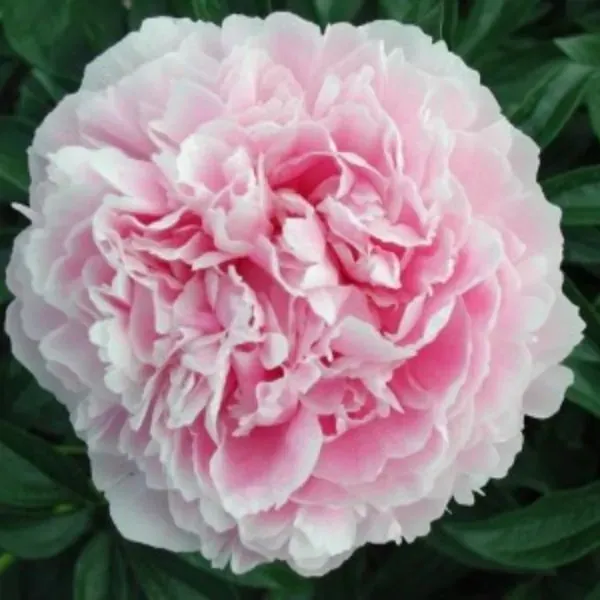Peonies are some of the most popular flowers in the world, and for good reason. They are beautiful, fragrant, and come in a wide variety of colors. One of the most popular varieties of peony is the Sarah Bernhardt peony. Named after the famous French actress, the Sarah Bernhardt peony is a large, showy flower that is sure to make a statement in any garden. This article will provide cultivation and care tips for Sarah Bernhardt peonies, as well as information on common pests and diseases that affect them.
Cultivation and care tips for Sarah Bernhardt peonies
Sarah Bernhardt peonies are beautiful and rewarding plants that can add elegance and beauty to any garden. To ensure that your Sarah Bernhardt peonies thrive, it is important to provide them with the proper cultivation and care.
When planting Sarah Bernhardt peonies, it is essential to choose the right location and soil type. These peonies prefer moist but well-draining soil with a pH between 6.5 and 7.5. Additionally, they require full sun to partial shade, with at least 6 hours of direct sunlight per day. To prepare the soil, it is recommended to mix in compost or well-rotted manure to improve drainage and fertility.
When planting the peonies, be sure to space them at least 3 feet apart to allow for proper air circulation and growth. Dig a hole that is deep enough to accommodate the roots without bending them, and cover the roots with soil, tamping it down gently. Water the peonies thoroughly after planting to help settle the soil and encourage root growth.
Watering is crucial for the growth and health of Sarah Bernhardt peonies. These plants require regular watering, especially during dry spells. Aim to water them deeply once or twice a week, ensuring that the soil is evenly moist but not waterlogged. Mulching around the base of the plants can help retain moisture and suppress weed growth.
Fertilizing is also important to support the growth and flowering of Sarah Bernhardt peonies. Apply a balanced fertilizer, such as a 10-10-10 fertilizer, in early spring before new growth emerges. Avoid over-fertilizing, as this can lead to excessive foliage growth and reduce flowering.
Common pests and diseases affecting Sarah Bernhardt peonies
Sarah Bernhardt peonies are relatively easy to care for, but they are susceptible to certain pests and diseases. Being aware of these potential threats and taking preventive measures can help keep your peonies healthy and thriving.
One of the most common fungal diseases affecting Sarah Bernhardt peonies is botrytis blight. This disease causes brown spots on the leaves and flowers, which can eventually lead to wilting and death. Botrytis blight thrives in cool, humid weather, so it is important to keep the area around your peonies well-ventilated and to avoid overwatering.
Another common fungal disease that affects Sarah Bernhardt peonies is powdery mildew. This disease causes a white powdery substance to form on the leaves and stems of the plant. Powdery mildew can weaken the plant and make it more susceptible to other diseases. It is important to treat powdery mildew as soon as possible to prevent it from spreading.
Thrips are tiny insects that can infest the flowers of Sarah Bernhardt peonies. Thrips feed on the pollen and nectar of the flowers, causing them to become discolored and deformed. Thrips can also transmit diseases to the plant. It is important to control thrips by using insecticides or by introducing beneficial insects that prey on them.
In addition to these common pests and diseases, Sarah Bernhardt peonies can also be affected by other problems, such as root rot, aphids, and Japanese beetles. By being aware of these potential threats and taking preventive measures, you can help keep your peonies healthy and thriving.
